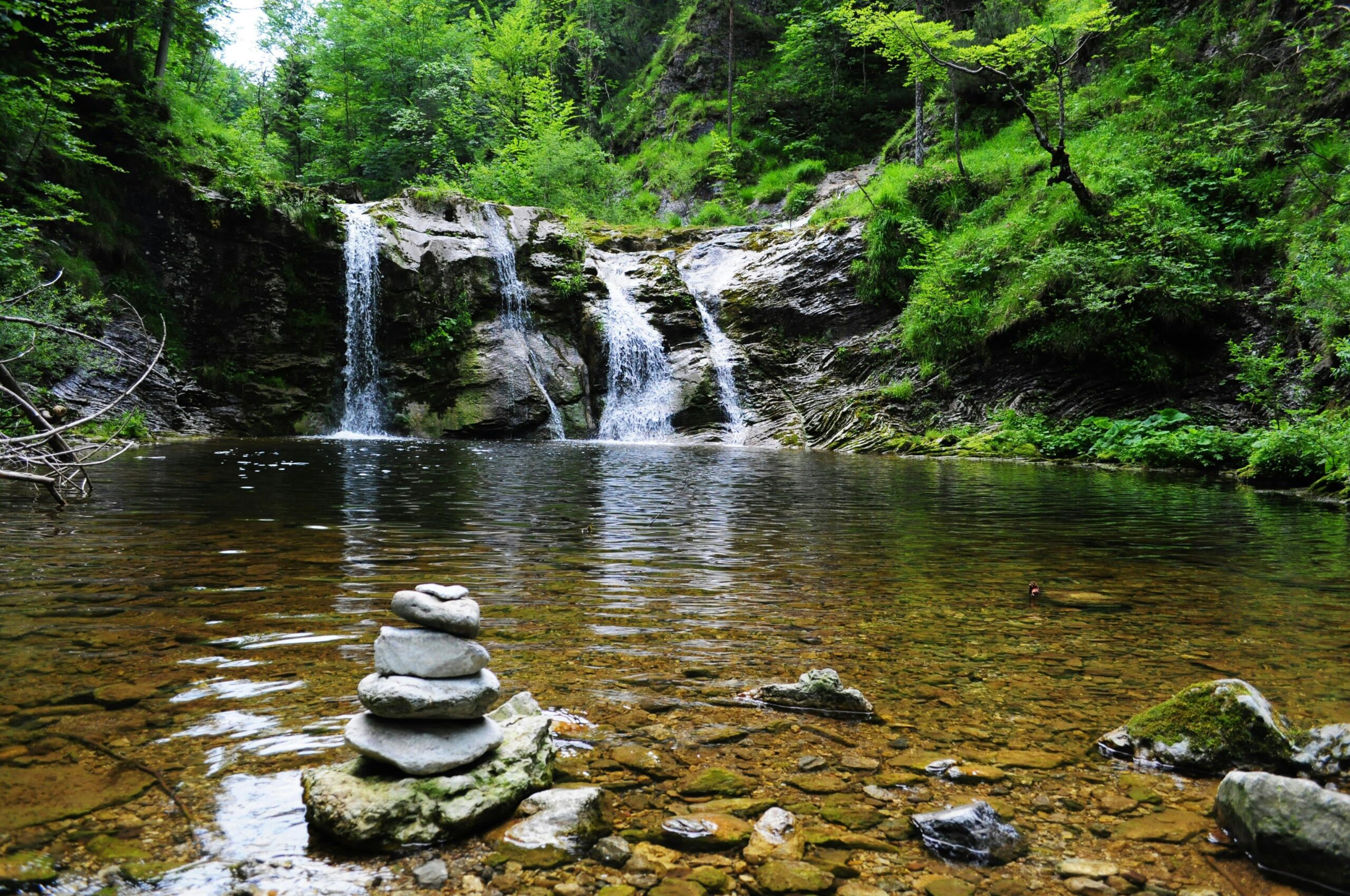At Nelson College, Year 12 biology students investigated the impact of sediment removal on the local kōura (freshwater crayfish) population in Little Go Stream. Utilising a traditional Māori method known as tau kōura, students crafted whakaweku (bracken bundles) and kōrapa (Y-shaped branches with shade cloth) to trap kōura. This approach not only provided a hands-on learning experience but also incorporated cultural knowledge into scientific inquiry. The students employed mark-recapture techniques to estimate the population size, measured carapace lengths to determine age groups, and assessed the health of the population. Their findings, including the presence of kōura over 10 years old, were shared with the local council to inform future sediment removal practices. This project exemplifies the integration of mātauranga Māori into contemporary science education.

